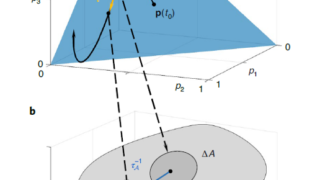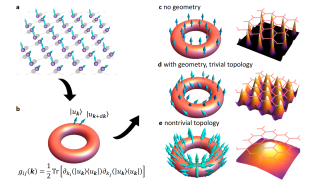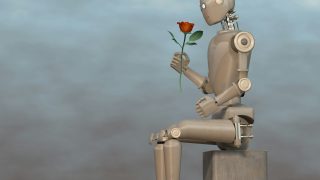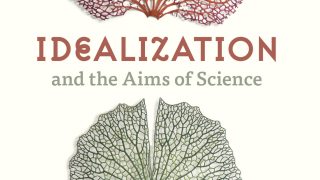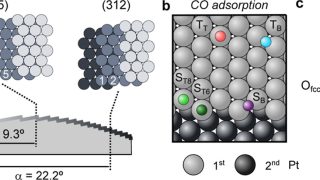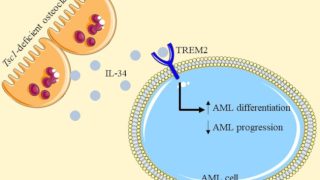
TREM2 acts as a receptor for IL-34 to suppress acute myeloid leukemia in mice
Acute myeloid leukemia (AML) is a stem cell disease caused by the massive mobilization and differentiation arrest in primordial granulocytes. AML is characterized by a low survival rate and high recurrence . Although differentiation-induction therapy represents an innovative treatment strategy for AML , many problems still exist, including irreversible resistance, toxic effects, and limitations of […]

